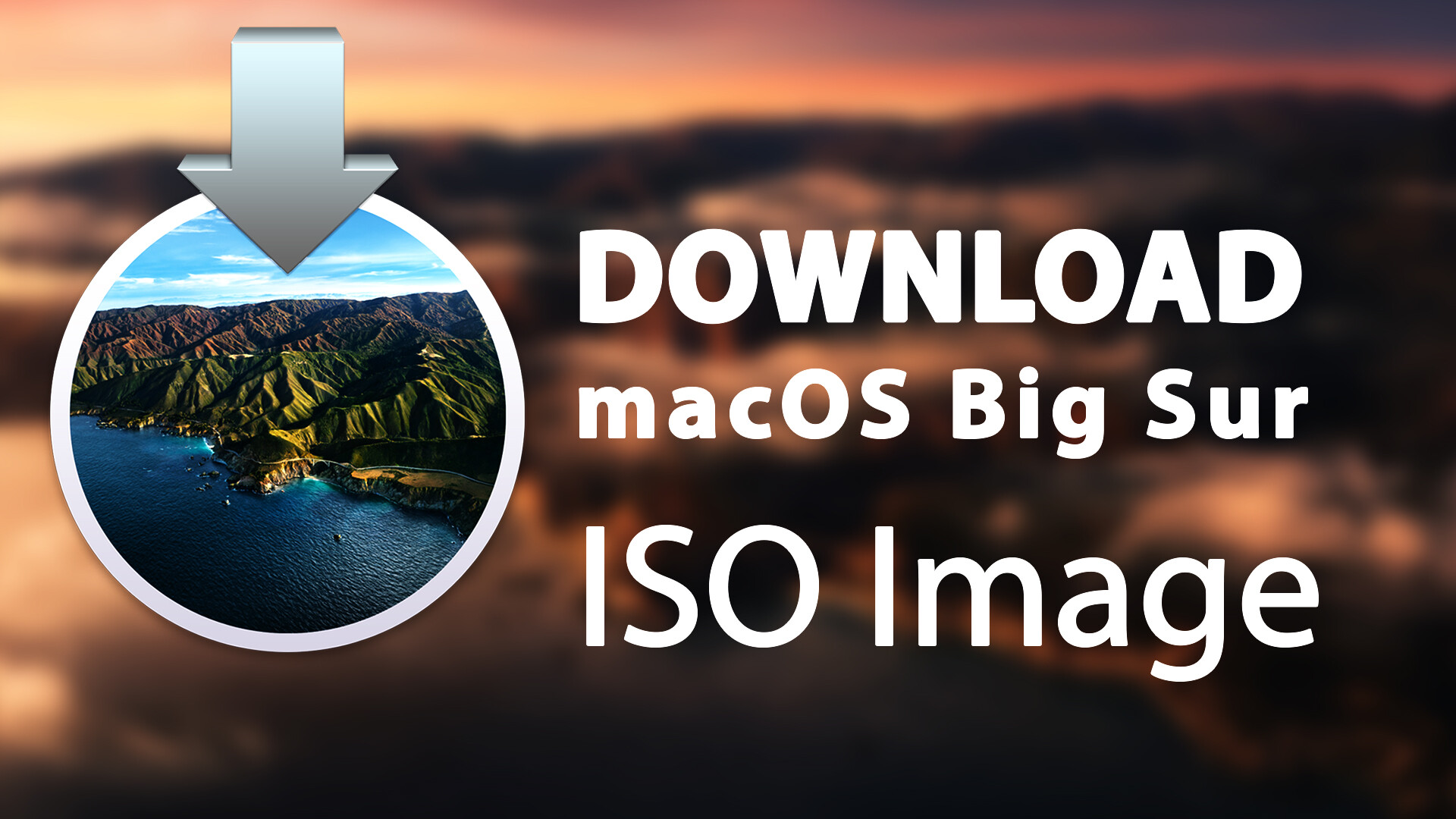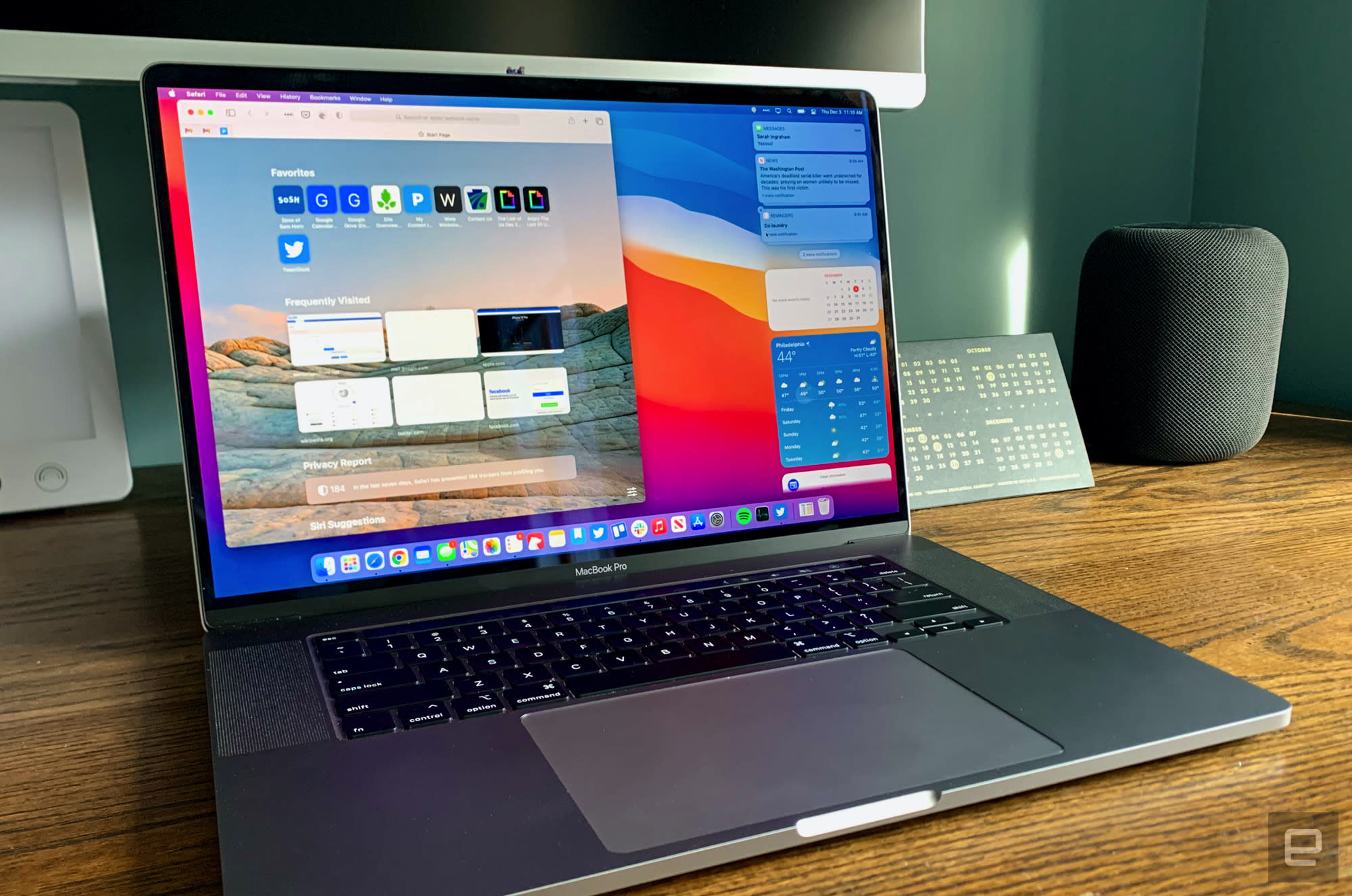

The macOS Big Sur's UI brings in a ton of inspiration from the design philosophy of iOS. Add on to that the shift to Apple Silicon later this year, and there's a huge shift in the way Macs operate, even if functionally they'll serve the same purpose.īut it's more than just app compatibility here.

That is even further expanded with macOS 11 Big Sur, with Apple claiming that every iOS app will be compatible with your Mac, which is definitely huge.

Apple further expanded upon this with macOS 10.15 Catalina with Apple Catalyst, which gave Apple developers a full suite of tools to port mobile apps to macOS. None of these were particularly exciting, but it did give us a glimpse of what a unified – or more unified – Apple ecosystem could look like. When macOS 10.14 Mojave hit, bringing with it four iOS apps: Home, Apple News, Stocks and Voice Memos. Messages is a lot better, too (Image credit: Apple) Sowing the seeds But, for the time being it seems like Windows 10 is stuck in this "is it touch or isn't it" limbo.

Ideally, Microsoft would make a touch-friendly interface optional, like a toggle somewhere in the settings that can enable or disable the tile interface in the new touch menu, without users having to scour the web for potentially harmful software. There is a wealth of mods and software out there to bring back older Windows interfaces back to Windows 10, and that should speak volumes to how much some users would like to get rid of the touch-friendliness altogether. However, in the interest of making Windows 10 touch-friendly, it's still not as desktop-friendly as Windows 7 or XP were. Just to give credit where it's due, Microsoft has made a lot of progress from where things were with Windows 8. Microsoft eventually did alleviate some of this pain by reintroducing the start menu with Windows 8.1 and then Windows 10, but there are still a ton of people who yearn for the days of Windows 7 and Windows XP instead. In practice, this meant that desktop users were stuck with an interface that was woefully inept for desktop usage. However, Windows tablets never really took off in the same way as iOS or even Android tablets did.


 0 kommentar(er)
0 kommentar(er)
